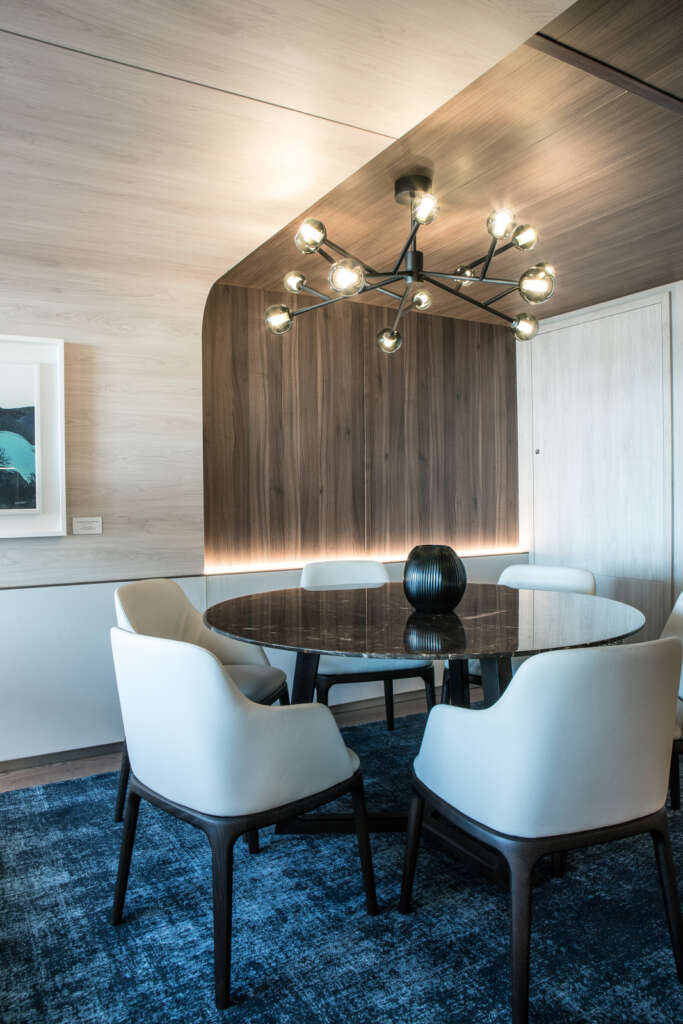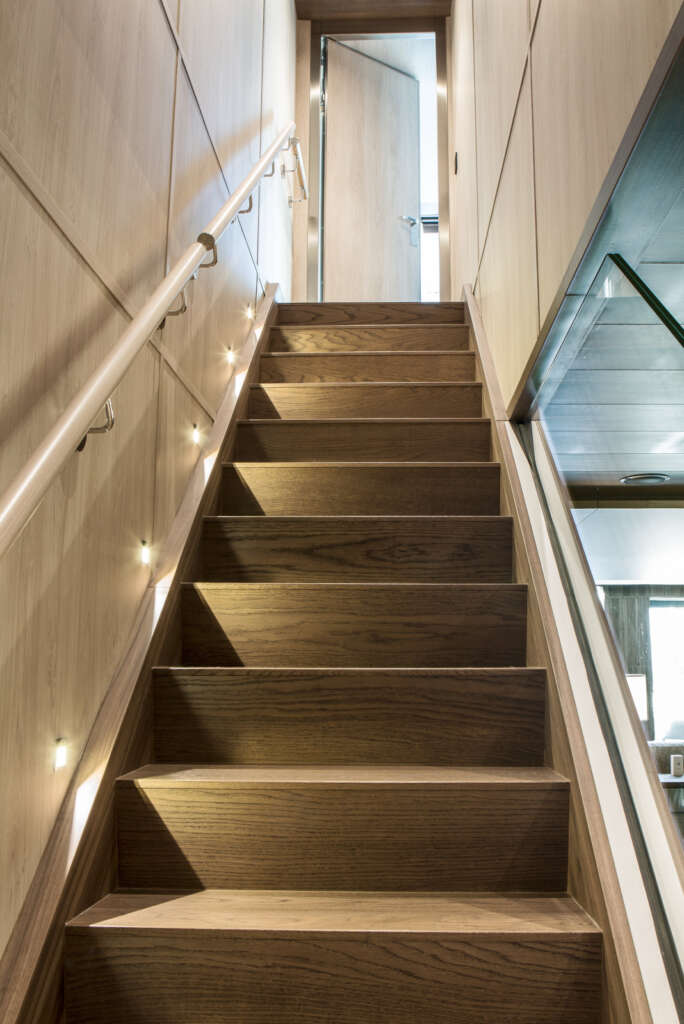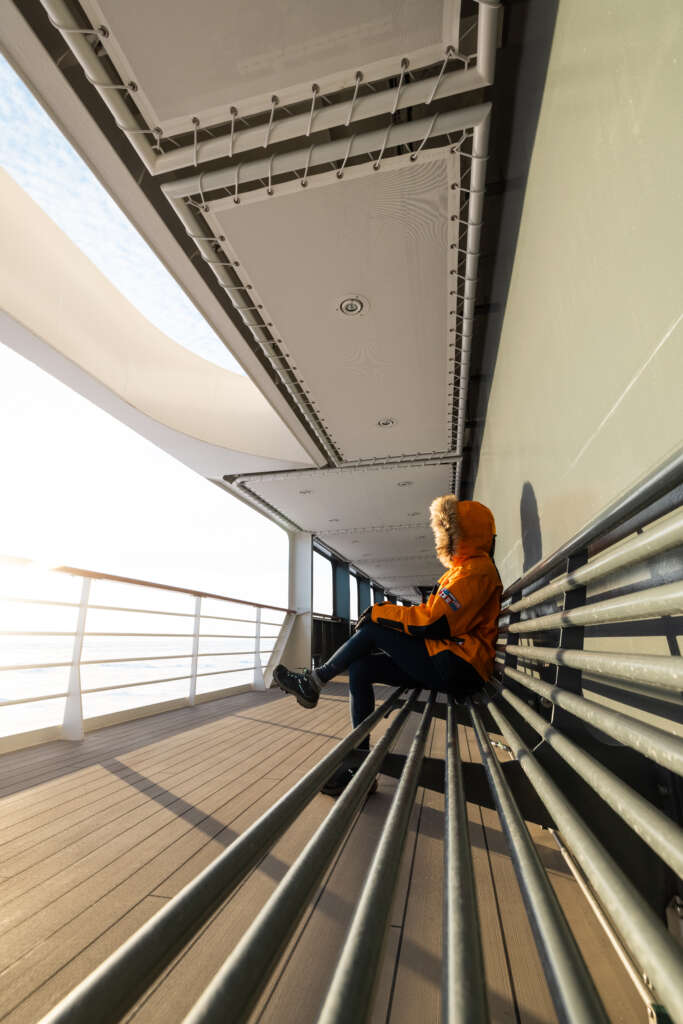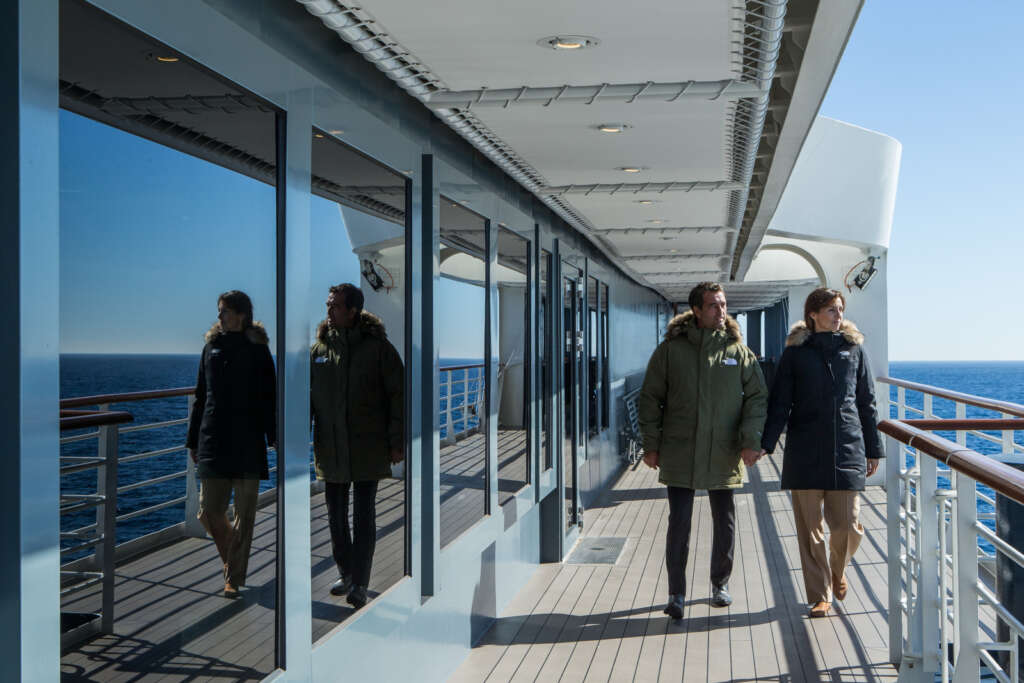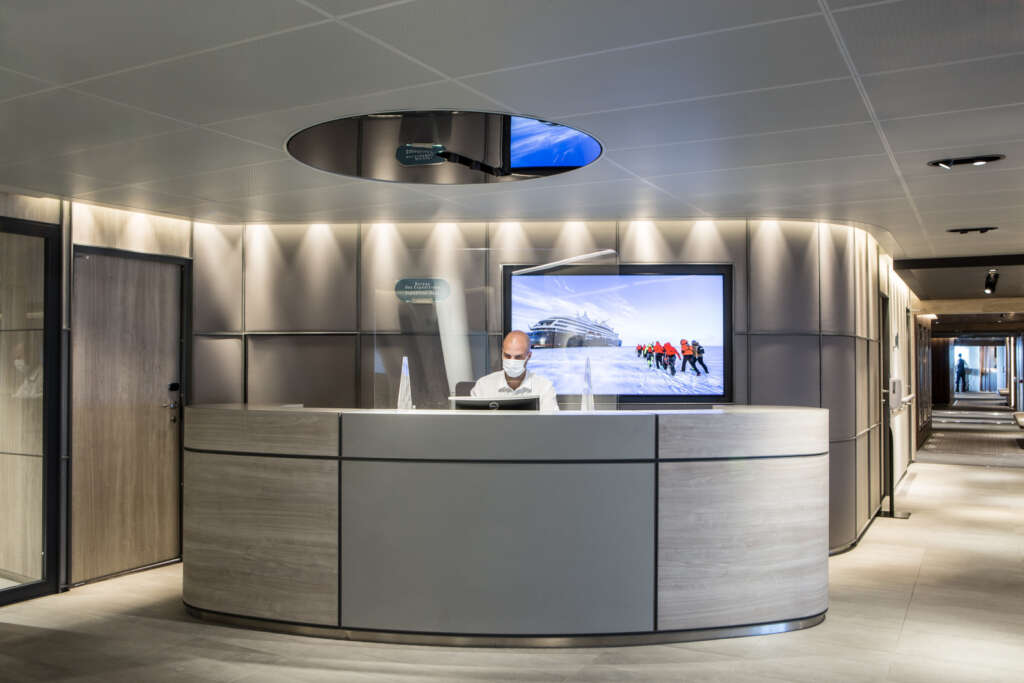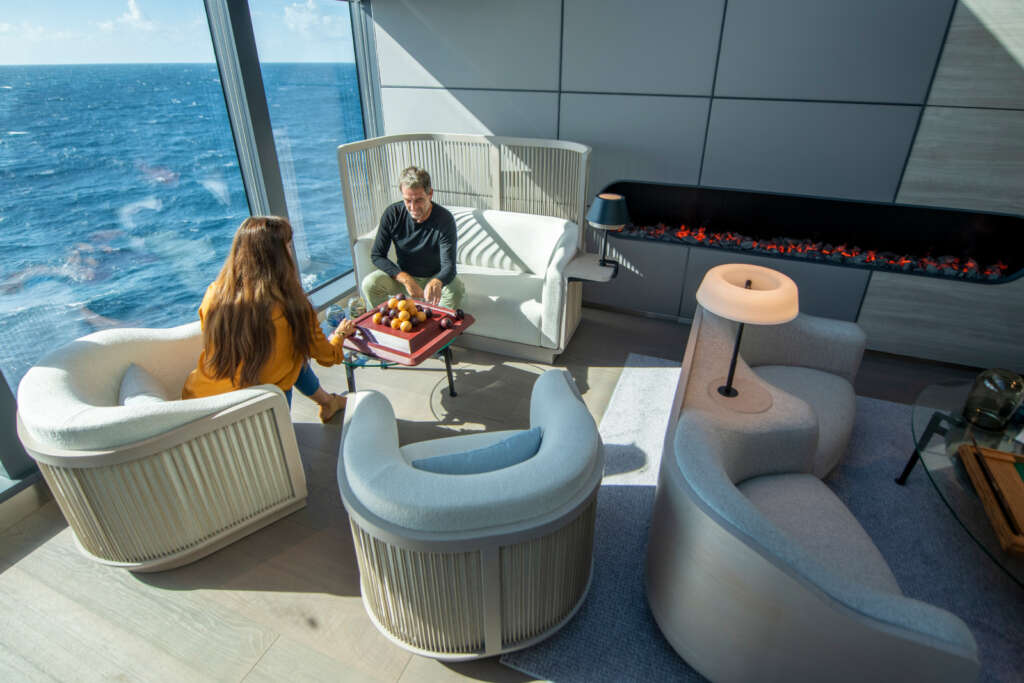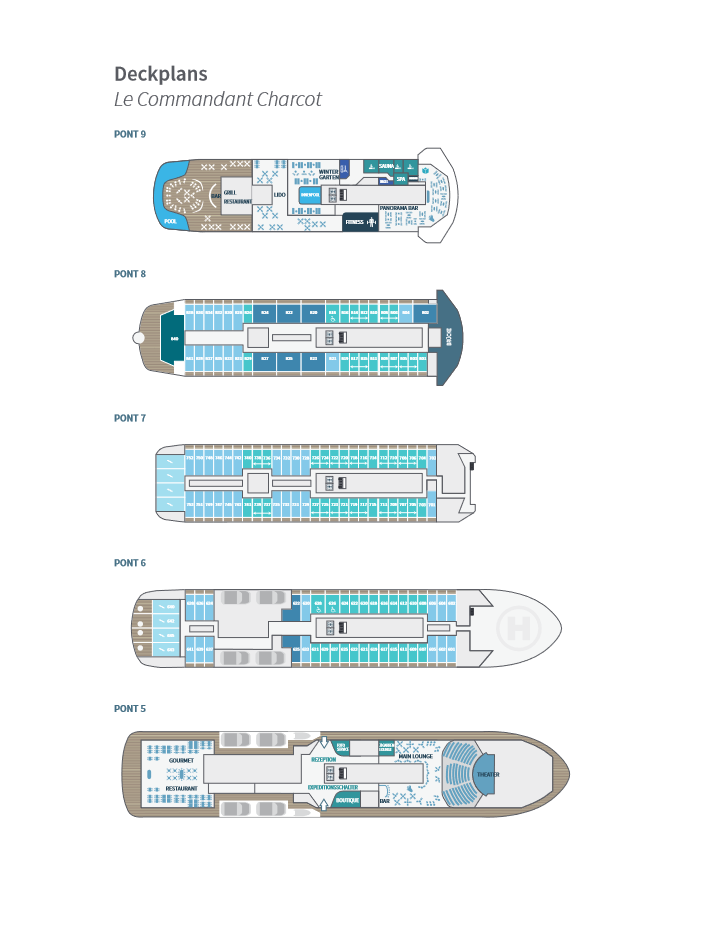Diary of a Journey under the World – Part 2 – The Ship
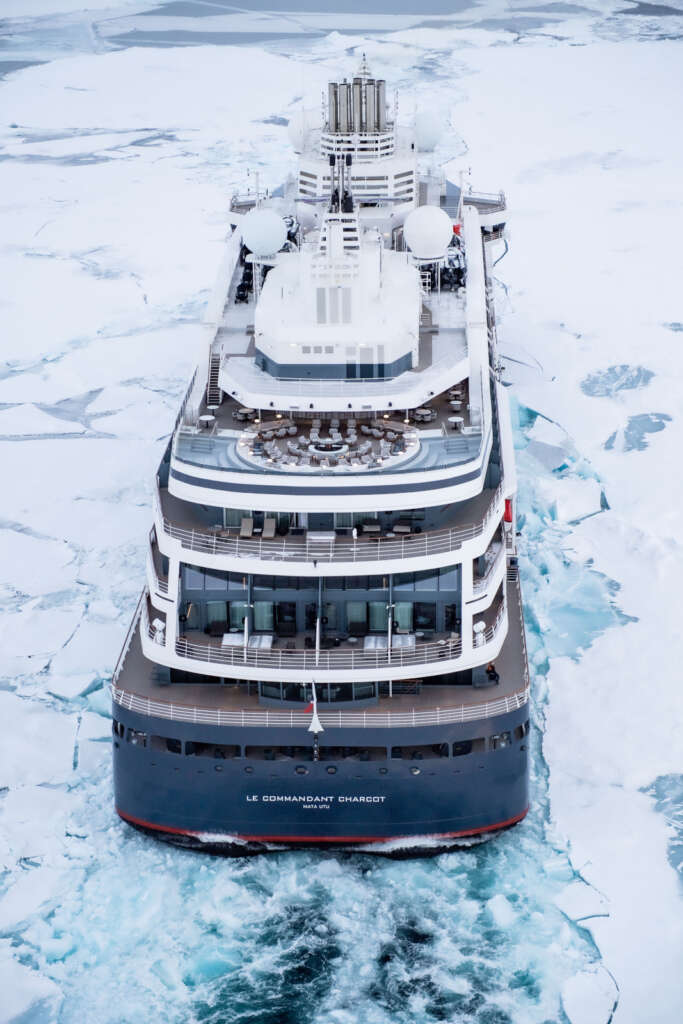
David travelled aboard the magnificent Le Commandant Charcot by PONANT Cruises earlier this year on a half circumnavigation trip from Ushuaia, Argentina to New Zealand and what follows are his notes and highlights of a once in a lifetime trip to Antarctica in 2023.
David Heydon has been many things, nominated for Australian of the Year in 2016, the 2012 recipient of the Moore Medal, and a deep seabed mining pioneer. Most days David would be one of the expert naturalist guides aboard a ship, but today he is a guest on the Le Commandant Charcot.
David is an expedition cruising veteran, one who is uniquely specialized in the Polar. His extensive geological knowledge provides welcome insight into these regions’ many fjords and glaciers.
Day 4
Another day and night has passed as the Charcot journeys along the Drake – David hopes they’ll see the Antarctic shores in five hours.
Now might be a good time to properly introduce the ship, the “Le Commandant Charcot”.
It is the only icebreaker in the world designed for expedition cruising. David mentions a prior trip, where he and his wife Jan boarded a Russian nuclear-powered icebreaker in order to reach the North Pole. All-in-all it was a beast, an industrial workhorse where comfort is the last thing in mind. This is all to say that the Charcot’s ability to reach the North Pole while simultaneously acting as a luxury cruise passenger is truly an incredible feat.
The ship was built at a cost of approximately $400 million USD, entering service in July 2021 it spans the length of 150 metres and sits 28 metres wide. It can fit 240 passengers, with additional space for the plethora of crew aboard (sometimes the crew-to-passenger ratio is 3:1).
The ship’s decor is as you might expect, gorgeous and modern, but the technical aspects are what really makes the Charcot so impressive.
The bow of the ship is unique, instead of a typical bulbous bow it is angled and flat. This is so the ship can ride up above the ice, cracking it with the immense weight of the ship.
It also uses Azipods as propellers, these are a thruster pod design of propeller that act like outboard motors. Instead of being on a fixed shaft, they are capable of rotating 360 degrees, a must for navigating these icy regions. Additionally, they are also capable of cutting ice when the ship reverses – but more on that later.
continued in Part 3 coming soon…


